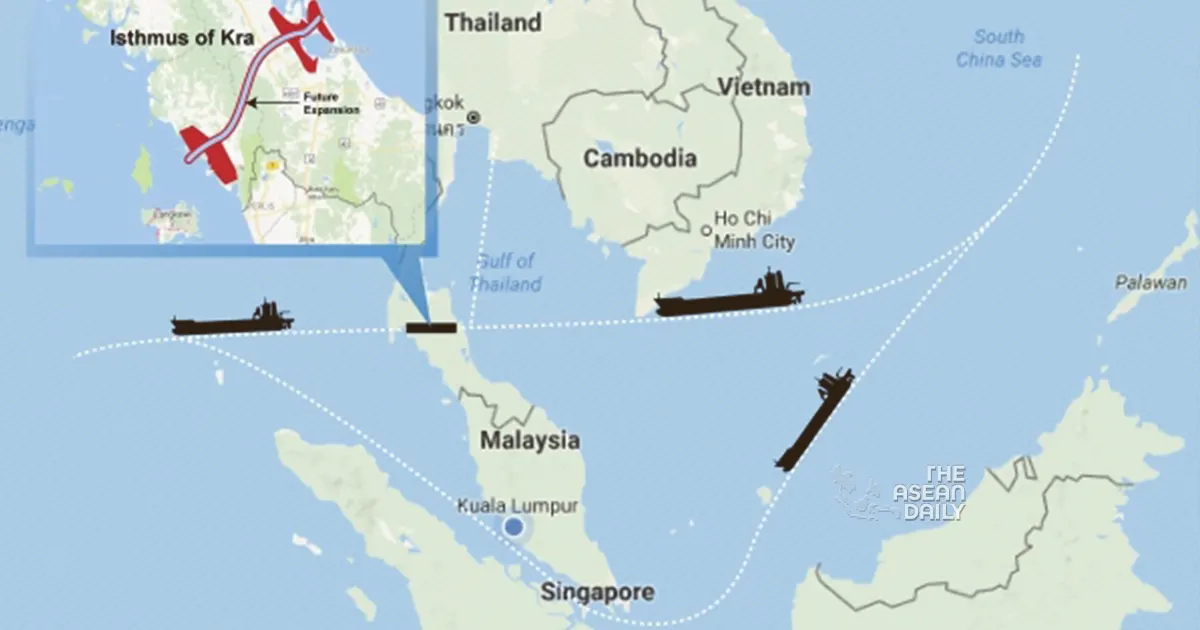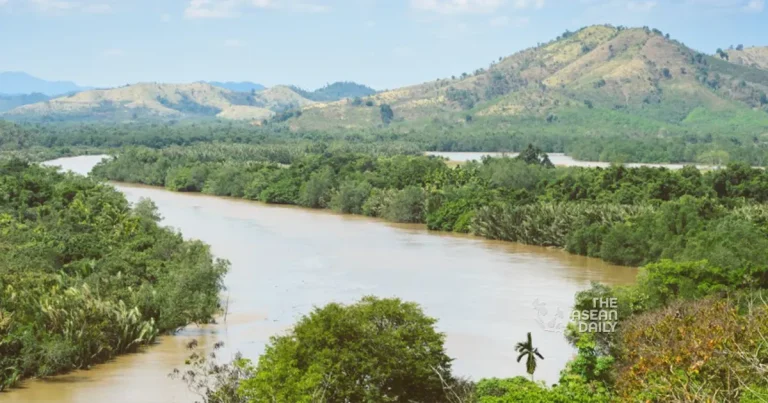21-10-2023 (BANGKOK) Thailand’s ambitious plan to construct a 90-kilometer land bridge in its southern region, potentially diverting shipping trade away from Malaysia and Singapore, has been gaining attention. Analysts, however, point out several significant challenges that need to be overcome for this project to become a reality.
Among the hurdles are the enormous construction cost, security concerns in Thailand’s conflict-prone southern areas, and the challenging mountainous terrain where the project is proposed to be located. Additionally, experts caution that the established shipping infrastructure in the Straits of Malacca, which is crucial for international trade, could undermine the success of the Thai land bridge initiative if not carefully planned.
Nevertheless, Thai Prime Minister Srettha Thavisin is optimistic about the project’s potential to attract international investors and transform Thailand into a thriving production hub. Speaking at the Thailand-China Investment Forum in Beijing on Thursday, he stated, “This will be a global mega-project, which will shorten the duration of goods transport via the channel of the Malacca Strait by six to nine days.”
The land bridge project aims to create a new trade route between the Indian and Pacific Oceans, featuring two deep-sea ports on Thailand’s eastern and western coasts, connected by a rail and road system. The eastern port will be situated in Chumphon province on the Gulf of Thailand, while the western port will be located in Ranong province on the Andaman Sea. The estimated cost of the project is around US$35.6 billion.
Antonio L. Rappa, an Associate Professor at the School of Business at the Singapore University of Social Sciences, described the project as “simply too costly.” He warned that the ongoing separatist movement in Thailand’s restless southern region, along with the challenging terrain, could pose significant obstacles to the construction.
However, if successfully developed, Dr. Rappa stated that it could have a substantial impact on Singapore, but not for at least 50 years.

The idea of establishing a new maritime route connecting the Gulf of Thailand with the Andaman Sea is not new and dates back to the 17th century. Various governments have previously attempted and failed to dig the Kra Canal, a similar project. Concerns related to domestic politics, environmental impacts, and internal security have hindered progress on the Kra Canal.
The new land bridge project, though distinct from a canal, presents its own set of challenges, including potential geopolitical conflicts. By creating a new maritime passageway in close proximity to disputed areas, Thailand could become embroiled in territorial disputes in the South China Sea. Shipping routes in the region carry significant economic and political implications.
Dr. Mohd Hazmi Mohd Rusli, from the Universiti Sains Islam Malaysia’s Faculty of Syariah and Law, believes the project could proceed if China, as the primary investor, remains committed. A land bridge would be more feasible than a canal, as it would not require digging through the Kra Isthmus.
The project’s first phase is expected to conclude in 2030, with final completion set for 2039. Compared to the Kra Canal, the land bridge is anticipated to reduce concerns regarding separatist activities in southern Thailand, as it would not divide the country but connect two coasts.
However, the choice of shipping companies to utilize the land bridge remains uncertain. Dr. Rusli believes that most ships will continue to use the conventional route through the Straits of Malacca and Singapore, which offers well-established facilities and is a familiar route for mariners. Without careful planning and preparation, the land bridge project could meet the same fate as the Yan-Bachok Pipeline Project, which Malaysia proposed to transport oil but never came to fruition.




